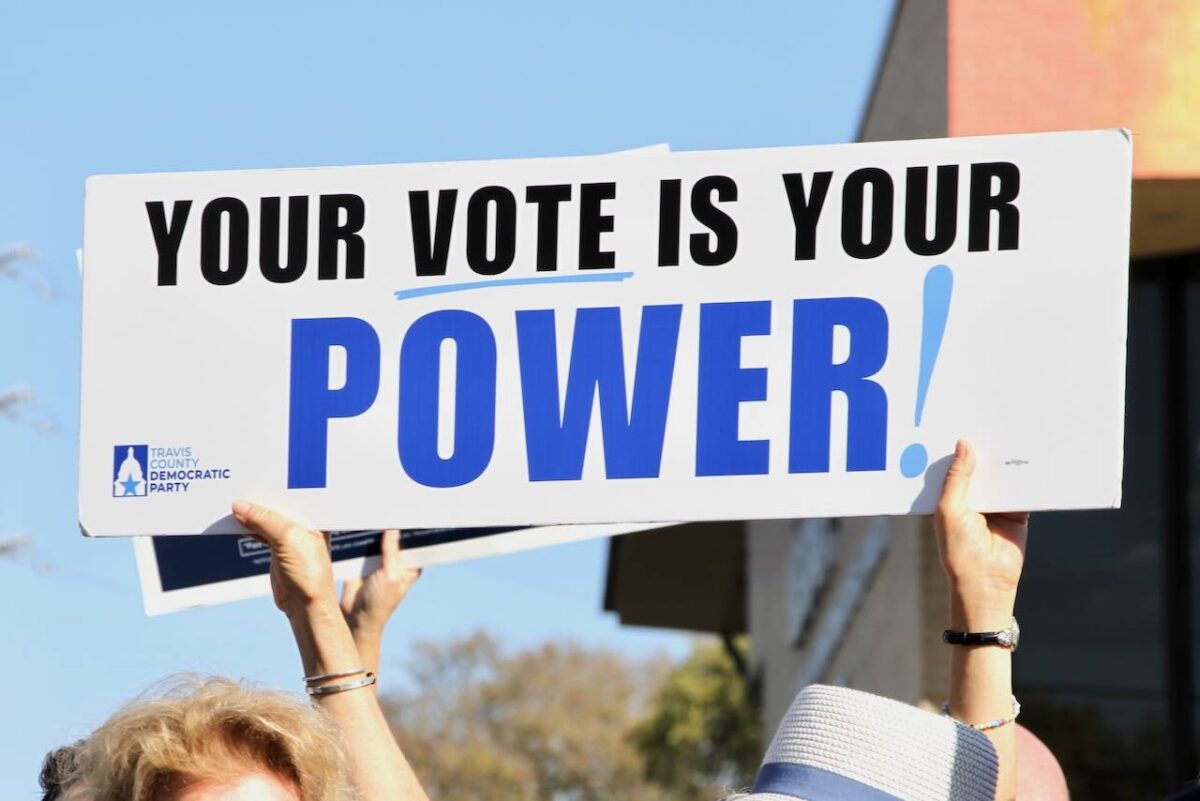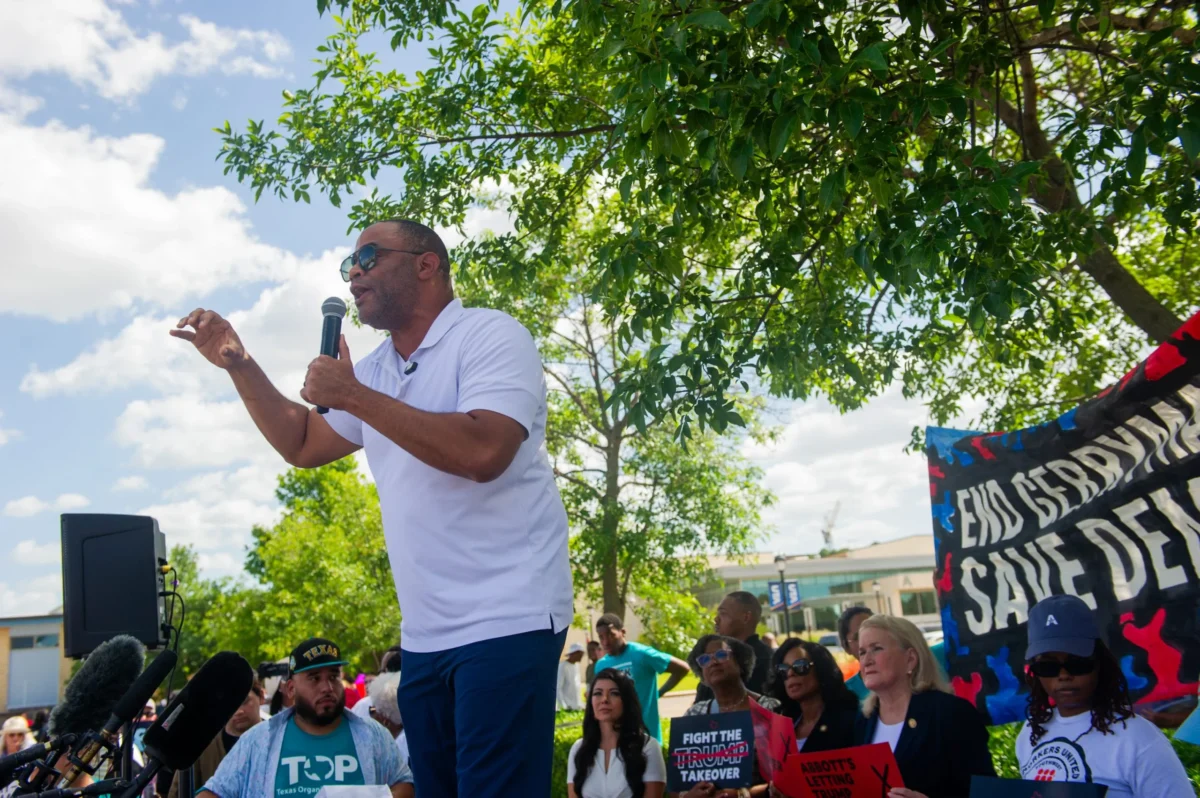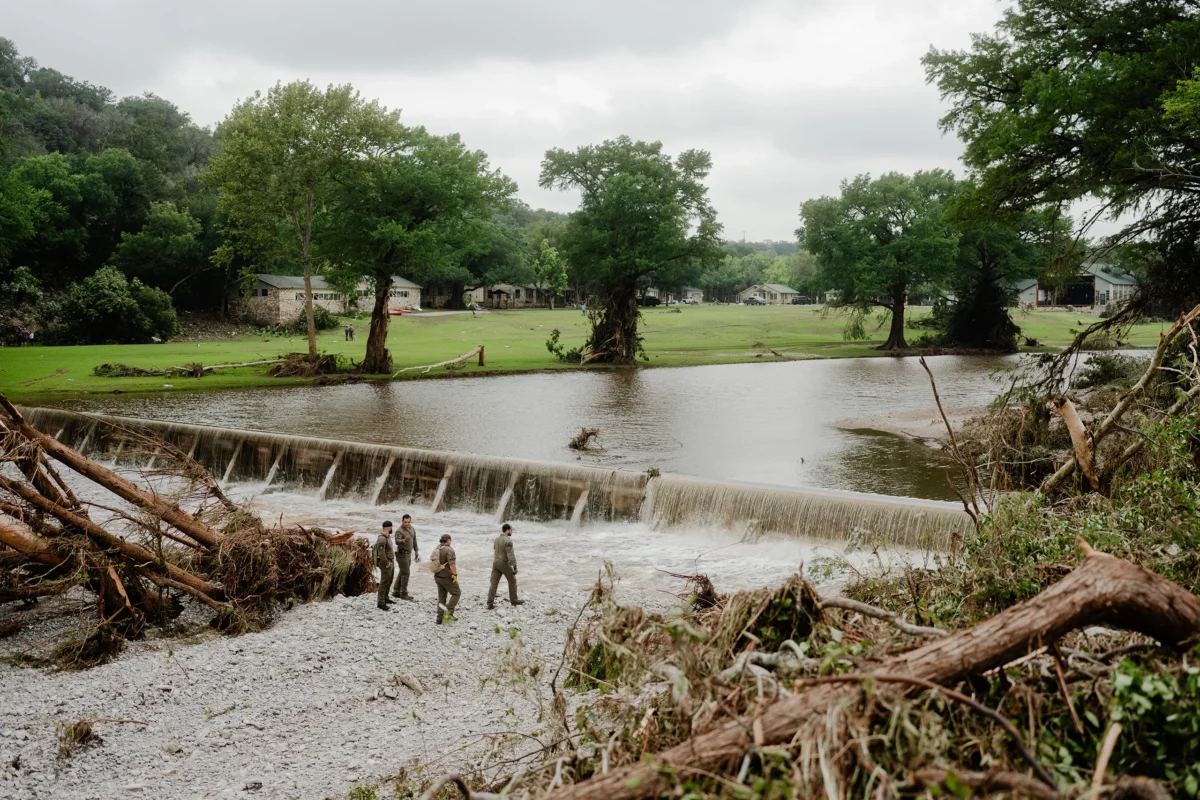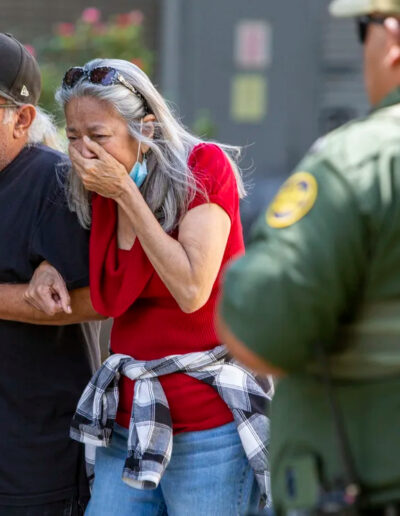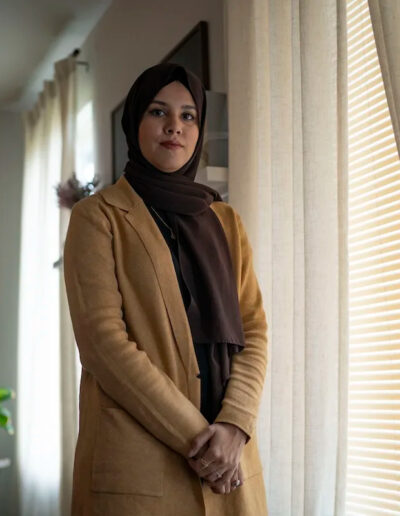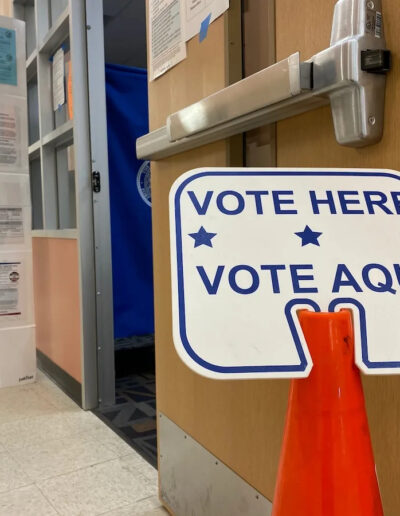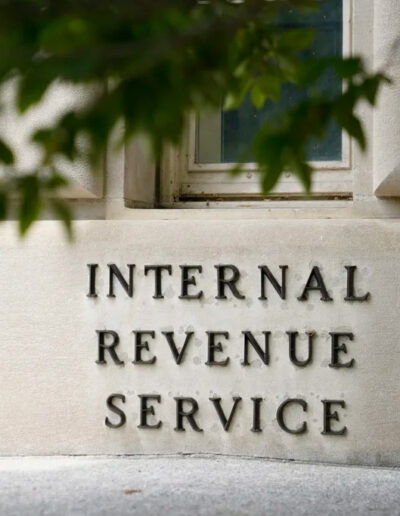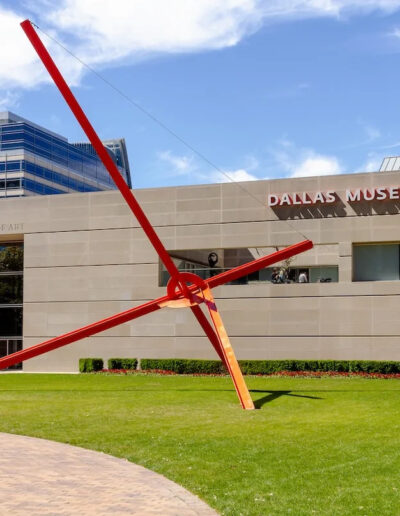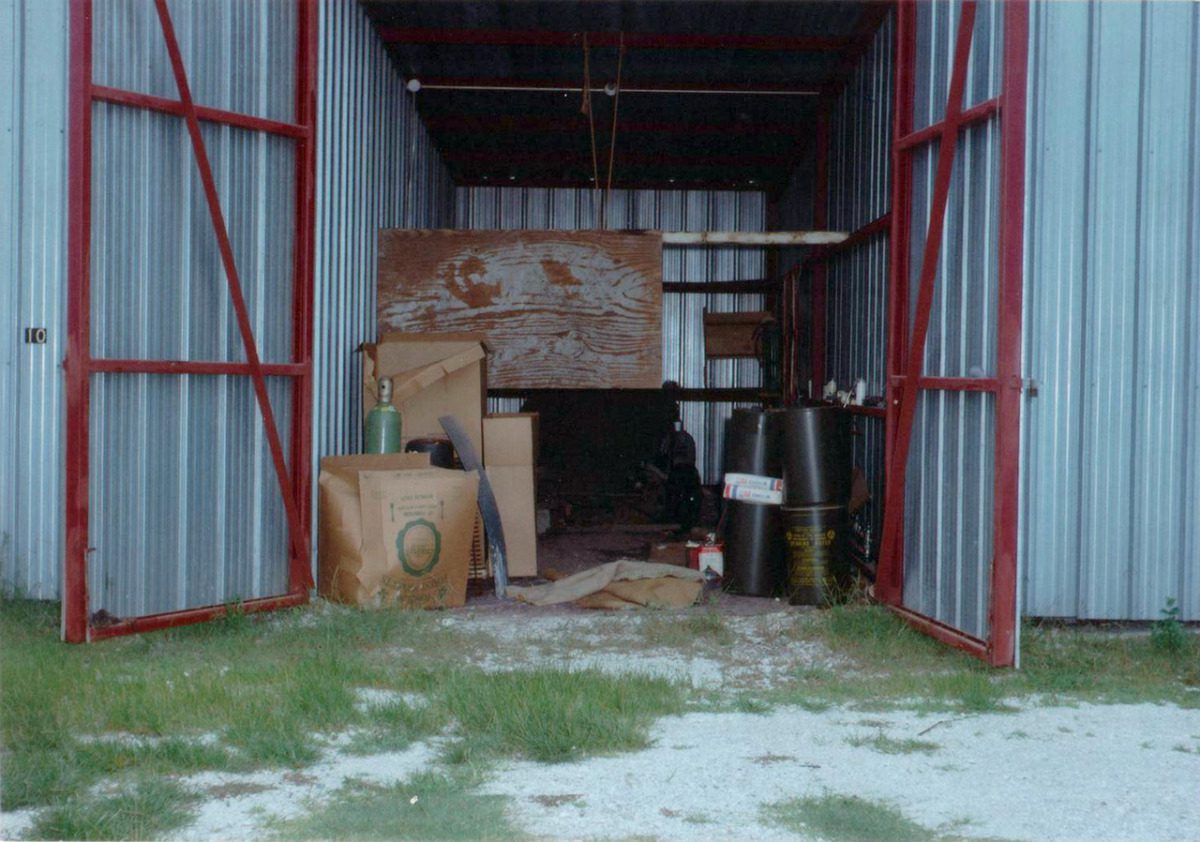
The rented boat shed where Dean Corll buried 17 of his victims. (Courtesy Houston Police Department)
From serial killers going on multiple rampages to inner-family drama leading to staged burglaries, these true crime cases rocked the Houston area.
Houston is the fourth-most populous city in the United States. Many Houstonians go about their lives without much fanfare, but some commit crimes filled with horror and gruesome details.
Amateur sleuths and curious people have long been fascinated by true crime. With podcasts like “My Favorite Murder” and shows like “Only Murders in the Building,” that interest continues to grow. These seven true crime cases are among the most infamous in Houston’s long history.
1. The Candy Man Killer
Dean Arnold Corll moved around quite a bit as a child, ending up in Pasadena when he was 11. The family also spent time in Vidor and Houston Heights before Corll was drafted into the U.S. Army. He spent ten months in the military, then requested a discharge to help with his family’s candy shop business. He received an honorable discharge on June 11, 1965.
Upon returning to Houston Heights, Corll retook his position as vice president of Corll Candy Company. He often handed out free candy to local children, particularly teenage boys, earning the nickname of the Candy Man or the Pied Piper. The candy company eventually closed, and two years later, Corll began luring teenagers into his vehicles, offering to take them to parties or other destinations before driving them to his home.
He’s known to have killed at least 29 victims from 1970 to 1973, all aged between 13 and 20 years old. Corll recruited two accomplices to help him torture, kill, and bury his victims, offering them $200 for any boy they could bring to him. During another planned murder, one of those accomplices, Elmer Wayne Henley, shot and killed Corll on Aug. 8, 1973. The shooting was ruled self-defense, though Henley received a sentence of multiple 99-year prison sentences for his role in other murders.
2. The Icebox Murders
Charles Rogers was a geophysicist with a knack for finding gold, gas, and oil for companies across the Houston area. He earned a degree in nuclear physics from the University of Houston and was a pilot in the US Navy. He also met David Ferrie, a conspirator in the JFK assassination, while in the Civil Air Patrol.
In 1965, Rogers lived with his parents, Fred and Edwina. He was unemployed and reclusive, communicating by slipping notes under their door. Edwina’s nephew, Marvin, had unsuccessfully tried contacting his aunt several times, and he alerted police to perform a welfare check. Officers searched the home and found what appeared to be cuts of washed, unwrapped meat on the kitchen shelves. One of the responding officers was about to close the door when he noticed two human heads inside the vegetable bin.
Police believe Rogers killed and dismembered his parents, but the case remains unsolved. Rogers, the sole suspect, was never found and was declared legally dead in 1975.
3. The Texas Killing Fields
The I-45 corridor southeast of Houston has proven to be a deadly area for young women. Over the past 50 years, 34 bodies have been discovered in the region, with four women found in a 25-acre stretch of land in League City from 1983 to 1991.
Many of the crimes have remained unsolved, and there have also been some women who have disappeared from the area and have never been recovered. A handful of suspects have been identified in connection with some of these cases. If there’s any silver lining, it’s that five men have been convicted of murder.
Federal agent Don Ferrarone has called the area “just a perfect place [for] killing somebody and getting away with it.” The crimes were loosely documented in the 2011 film “Texas Killing Fields” and were featured in a three-part Netflix miniseries called “Crime Scene: The Texas Killing Fields.”
4. The Andrea Yates case
Andrea Yates was her class valedictorian and eventually found a career as a registered nurse at Houston’s University of Texas MD Anderson Cancer Center. Yates and her husband hoped to have as many kids as they could, and from 1994 to 2000, Yates gave birth to five children. After experiencing depression during her teenage years, Yates once again became depressed upon the birth of her fourth child, Luke. She twice attempted suicide, was hospitalized multiple times, given several medications, and had a nervous breakdown. She was diagnosed with postpartum psychosis.
On June 20, 2001, Yates’s husband, Rusty, left for work, with his mother, Dora, coming to watch the children an hour later. During that hour, Yates drowned all five of her children in the bathtub, placing four of them on the bed afterward. She immediately called the police and Rusty to tell them to come to the home, but didn’t say why.
The ensuing trial shined a light on mental health and postpartum depression. Yates was initially convicted of capital murder and sentenced to life in prison with a parole hearing after 40 years. The verdict was overturned, primarily due to the discovery that an expert psychiatrist witness had given false testimony. At a retrial, a Texas jury found Yates not guilty due to insanity. She’s currently institutionalized at Kerrville State Hospital.
5. The Whitaker Family Murders
Over several months, Thomas “Bart” Whitaker committed seven burglaries across Sugar Land. Prosecutors used those burglaries as part of their case when he eventually committed a significantly worse crime.
Whitaker falsely told his family he had graduated from Sam Houston State and wanted to go to Pappadeaux’s to celebrate on Dec. 10, 2003. While the family was at dinner, Whitaker had enlisted two accomplices to go to their home. Chris Brashear, dressed in a black ski mask, staged the house to make it look like a burglary had occurred, then waited until the family came back to shoot them. Steven Champagne served as the getaway driver. Brashear killed Bart’s brother, Kevin, and mother, Patricia, though his father, Kent, survived.
Whitaker’s motive was to inherit his family’s wealth. He lived with his father for a few months before fleeing to Mexico, where he was arrested less than two years after the murders. He was sentenced to death and was about to be executed—he had even eaten his last meal—when Kent made a plea to stay the execution and keep Bart alive. Just 40 minutes before the scheduled execution, Gov. Greg Abbott commuted Whitaker’s sentence to life imprisonment. He’s now at the McConnell Unit near Beeville.
6. The Elliott Boys Slayings
Shortly after Dean Corll died and his accomplices were put into custody, another pair of killings rocked the Houston area. On Nov. 15, 1973, 12-year-old Ronald Elliott was reported missing by his parents. Ronald enjoyed walking around the neighborhood, collecting soda bottles for money. After a four-day search by the police, Ronald’s body was found in the woods, mutilated and nearly decapitated. He had been dead for five days before police found him, and there were no leads in the case.
Six months later, on May 7, 1974, Kenneth, Ronald’s 11-year-old brother, asked his older brother, Walter, if he could get some snacks from a nearby restaurant. Since Ronald’s murder, the Elliotts imposed a strict stay-at-home policy on Kenneth, so Walter refused to let Kenneth leave. The younger brother snuck outside to walk to the establishment, purchased some soda, and began returning home. But he never made it back. He was found in the woods, stabbed twice in the heart and decapitated, an act that occurred while he was still alive.
Police soon arrested 15-year-old Lawrence Strempel Jr., who had given a friend a pocket knife to hide. Strempel lived with his father near the Elliotts; his mother had remarried, and his other four siblings lived with her. During the trial, the court could charge Strempel as an adult (which would offer a life sentence) or a juvenile, which would have a much more lax punishment. During his arrest, Strempel had made a statement to police officers that he was culpable in the murders. However, that statement wasn’t admissible as evidence because he was ultimately tried as a juvenile. Strempel served about two years at Mountainview State School until he turned 18, at which point he was free to go.
7. The Malibu Grand Prix Murders
Dubbed one of the most gruesome murder scenes across Houston, the bodies of four young men were found at the Malibu Grand Prix video arcade and racetrack on the morning of July 1, 1983. Anil Varughese, Roddy Harris, and brothers Arnold and Joerene Pequeno were closing up the business around midnight when they were attacked and stabbed during a robbery. The incident shocked the Houston area as a place of lighthearted joy instantly turned grisly.
Police initially found some fingerprints at the scene, eventually leading them to arrest Richard Wilkerson, a former employee. Wilkerson had recently been fired and visited the building under the guise of getting his final paycheck. He brought two accomplices, Kenneth Ransom and James Randle. They were all charged with capital murder. Wilkerson and Ransom each received a death sentence and were executed. Randle, a juvenile at the time, was sentenced to life in prison before being paroled on Jan. 18, 2019.
This specific Malibu Grand Prix, one of three in Houston, did reopen and continued operating for about a decade. All three locations have since closed, with the Southwest Freeway location now serving as a health clinic.
This article first appeared on Good Info News Wire and is republished here under a Creative Commons license.
RELATED: I watched 13 scary movies in 13 days





